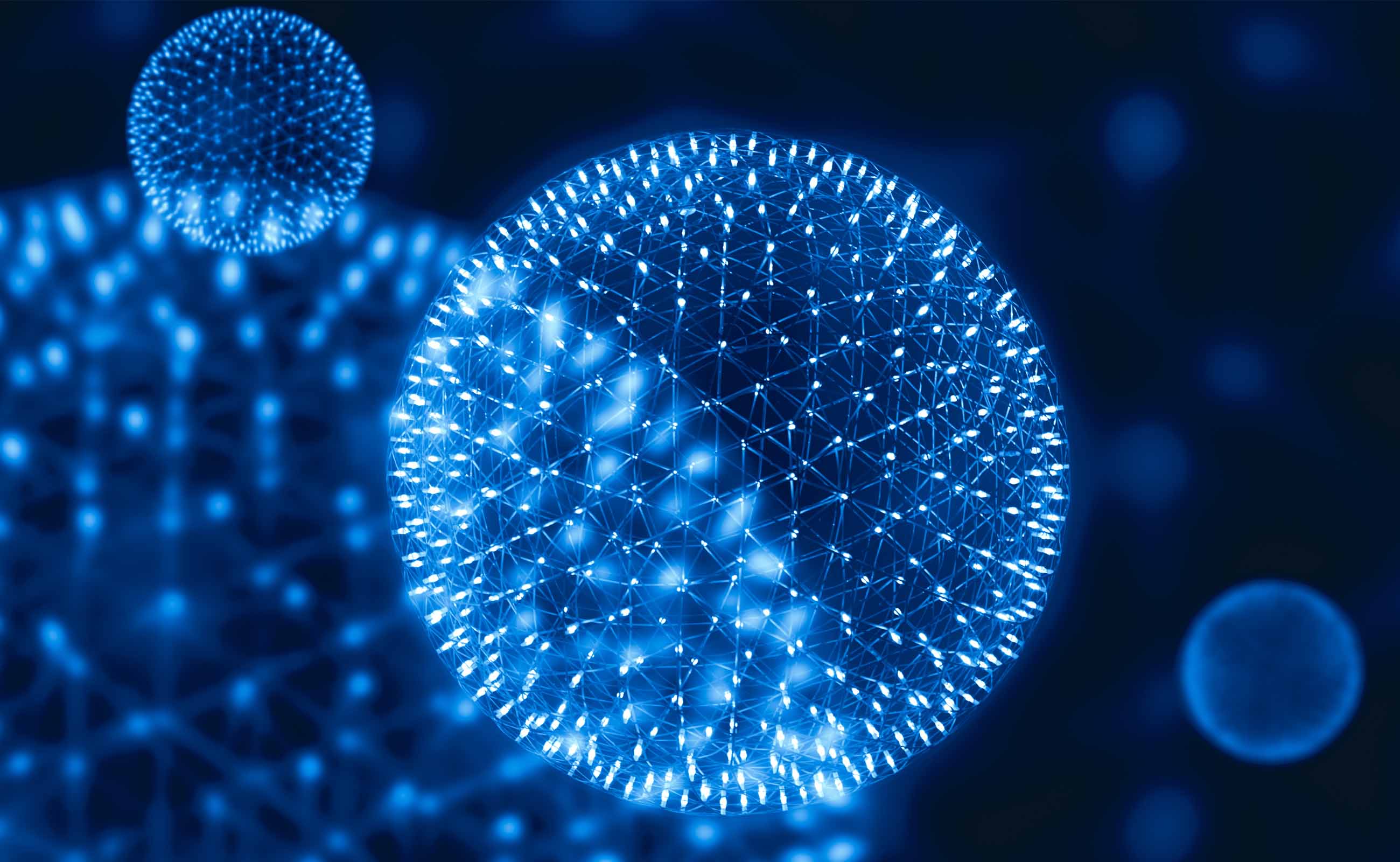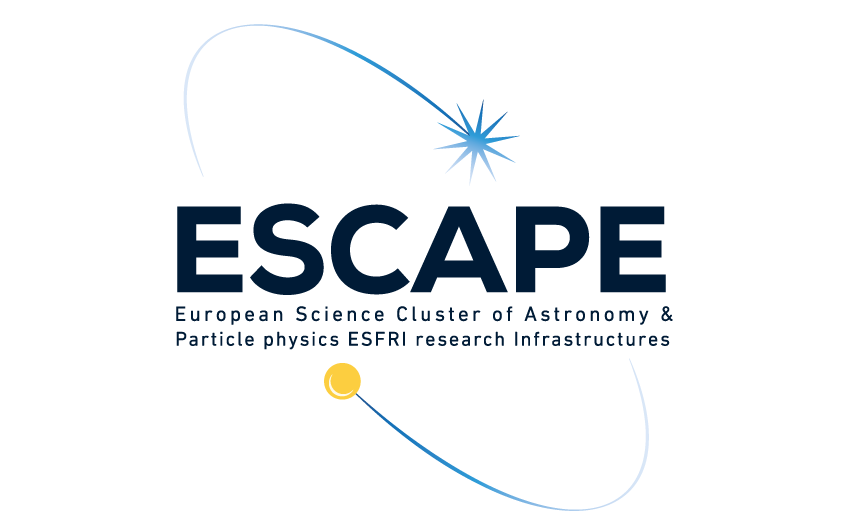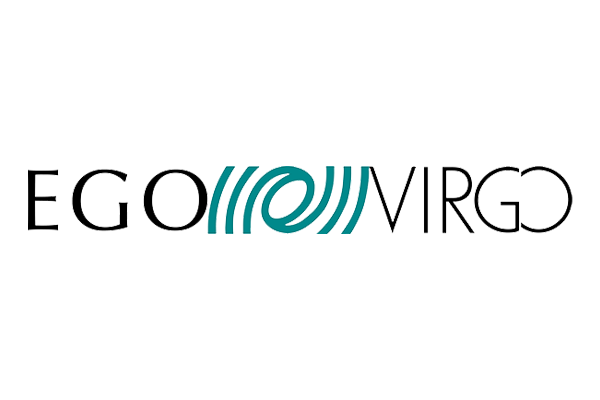
Astrophysics
EGO-Virgo
Pisa (in the Commune of Cascina).
Contacts:
http://www.ego-gw.it/
In order to ensure the long term scientific exploitation of the VIRGO interferometric antenna for gravitational waves detection as well as to foster European collaboration in this upcoming field, the VIRGO funding institututions (CNRS for France and INFN for Italy) have created a consortium called EGO (European Gravitational Observatory). Today, this collaboration involves 19 laboratories with more than 250 scientists in France, Italy and also in the Netherlands, Poland and Hungary as well. The Virgo detector for gravitational waves consists mainly in a Michelson laser interferometer made of two orthogonal arms being each 3 kilometers long. Multiple reflections between mirrors located at the extremities of each arm extend the effective optical length of each arm up to 120 kilometers.
EGO-VIRGO Scientific Challenges
EGO pursues these main objectives:
- Ensure the commissioning of the VIRGO antenna for gravitational waves, its operation, maintenance and upgrades;
- Create and run a computing center for the data analysis;
- Ensure the maintenance of the site and its related infrastructures;
- Promote R&D activities useful for the detection of gravitational waves;
- Carry out any other research in the field of gravitation of common interest to the Members;
- Promote co-operation in the field of the experimental and theoretical gravitational waves research in Europe;
- Promote contacts among scientists and engineers, the dissemination of information and the advanced training of young researchers.
ESCAPE Impact to EGO-VIRGO
ESCAPE can facilitate the transition currently being made by the next generation of gamma-ray, neutrino and gravitational wave observatories, exchanging best practice and forging a common culture and integration between both communities.
The astronomy and astrophysics, astroparticle physics, including EGO-Virgo, but also accelerator-based particle physics generation ESFRI and other pan-European research facilities are set to radically change the way we perceive the universe and to definitely improve our understanding of its fundamental laws.
The 17 August 2017 was a watershed moment, when the gravitational wave (GW) GW170817 signal, produced by the last minutes of two neutron stars spiralling closer to each other and finally emerging, was observed by LIGO and Virgo. 70 multi-messenger observatories on seven continents and in space also saw the aftermath of this merger. Scientific interest in the event was enormous, with hundreds of papers published related to this discovery, and rewarded with the Breakthrough of the Year award for 2017 by the journal Science. GW170817 has marked a significant breakthrough for multi-messenger astronomy and multi-domain investigation; related studies concerned thousands of researchers in the domains of astrophysics, cosmology, particle and nuclear physics. This is the new interoperable paradigm in research, upon which ESCAPE has the ambition to build. ESCAPE has the vision to implement a new multi-probe open research environment.
onomy and astrophysics, astroparticle physics, including EGO-Virgo, but also accelerator-based particle physics generation ESFRI and other pan-European research facilities are set to radically change the way we perceive the universe and to definitely improve our understanding of its fundamental laws.
The 17 August 2017 was a watershed moment, when the gravitational wave (GW) GW170817 signal, produced by the last minutes of two neutron stars spiralling closer to each other and finally emerging, was observed by LIGO and Virgo. 70 multi-messenger observatories on seven continents and in space also saw the aftermath of this merger. Scientific interest in the event was enormous, with hundreds of papers published related to this discovery, and rewarded with the Breakthrough of the Year award for 2017 by the journal Science. GW170817 has marked a significant breakthrough for multi-messenger astronomy and multi-domain investigation; related studies concerned thousands of researchers in the domains of astrophysics, cosmology, particle and nuclear physics. This is the new interoperable paradigm in research, upon which ESCAPE has the ambition to build. ESCAPE has the vision to implement a new multi-probe open research environment.
ESCAPE can facilitate the transition currently being made by the next generation of gamma-ray, neutrino and gravitational wave observatories, exchanging best practice and forging a common culture and integration between both communities.
ESCAPE DIOS, ESCAPE OSSR, ESCAPE VO, ESCAPE ESAP and ESCAPE CS

ESCAPE is providing EGO-VIRGO with support to develop a multi-order skymap format and a spacetime MOC. Part of this support is provided through the ESCAPE VO, a service which integrates distributed infrastructures into one single virtual astronomy facility. Thanks to the ESCAPE OSSR, EGO-VIRGO can access a wide list of software and innovative tools regarding advanced techniques for data analysis. The ESCAPE ESAP has the possibility to access and combine data from multiple sources and then process and analyse it.
The feature “Authentication, Authorization and Identity Management” from ESCAPE DIOS is being considered by EGO-VIRGO to provide a uniform identity management layer across the collaborations participating in gravitational-wave research. This feature will allow a more seamless and simple way of interoperating the computing resources used by different initiatives. Finally, the Zoom Universe platforms used by ESCAPE CS can support EGO-VIRGO on the classification of data sets produced by EGO-VIRGO. Another way to foster innovation in science and technology.
LEARN MORE ABOUT HOW ESCAPE IS SUPPORTING THE OTHER RESEARCH INFRASTRUCTURES


